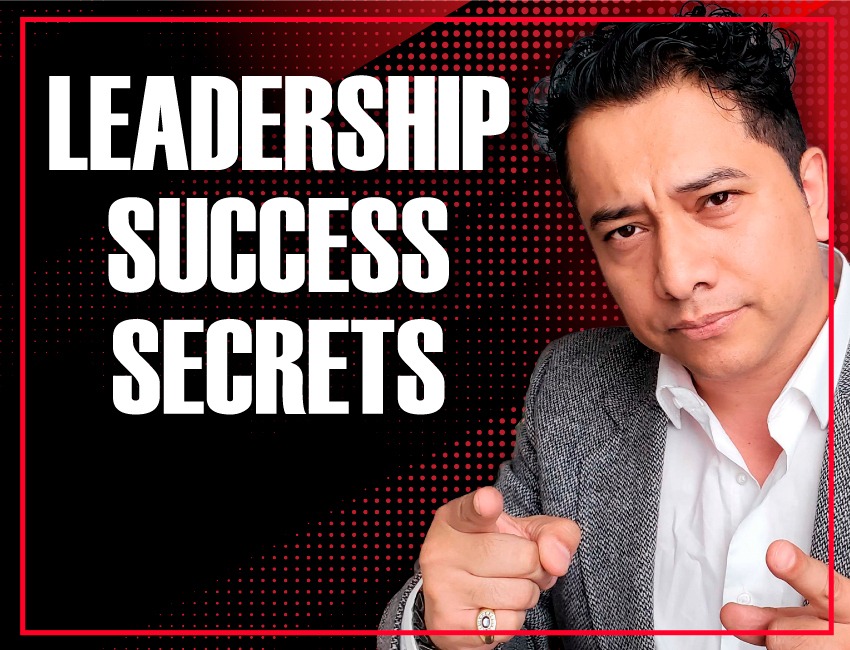Master the Art of Negotiation and Gain an Advantage

Negotiation is an inescapable part of both personal and professional life. Whether it’s discussing a job offer, dissolving a business partnership, or deciding who cooks dinner, negotiation is an integral part of communication. Often, people find the prospect of learning negotiation techniques daunting, as it can be an uncomfortable experience. However, understanding the significance of negotiation tactics can significantly aid in gaining the upper hand.
In any negotiation, everyone desires to seem in control, but to achieve this, it is necessary to understand what others are thinking and feeling. Are they confident or uncertain? Are they resolute in their offer or open to negotiation? Do they seem satisfied with the current agreement? If these questions can be answered, it becomes simpler to determine the appropriate course of action. The most effective negotiation tactics are designed to reach a mutually agreeable solution by understanding the other party’s perspective.
Communication is Crucial to Successful Negotiation
Effective communication is vital in all negotiations as it enables both parties to understand each other’s perspectives and put forward their own viewpoint diplomatically. In addition to verbal communication, non-verbal cues play a vital role in understanding what the other party is thinking or feeling. Non-verbal cues can speak louder than words, and it is surprising to note that 55% of communication is non-verbal, 38% is voice inflection, and only 7% of communication comes from the words spoken.
We spoke to body language expert and Leadership Academy speaker Jan Hargrave, to learn about the non-verbal cues that inform the best negotiation tactics. Here are the top ten negotiation tactics that can help you gain the upper hand in every situation.
Top 10 Negotiation Tactics
The best negotiation tactics involve observing the other party while steering your interaction with them.
Observe Facial Expressions
One of the most effective negotiation tactics is to observe facial expressions. As Jan explains, “If a person’s facial expressions don’t match what they’re saying, then their words are most likely not genuine. Facial expressions and verbal communication should be congruent. For instance, if I say ‘I love you,’ but my facial expression is angry, resembling someone who hates you, you would trust my face more than my words.”
Evaluate Body Angle
“When someone speaks with you, your shoulders should be square, and your body angle should be towards them as we point our bodies in the direction of our thoughts. If I’m speaking with you, and my body is angled towards the door, it would indicate that I want to finish quickly, as I have other engagements. People lean forward when they are interested and away if they’re not interested. If you like something, you’ll move towards it to touch it, but if you’re scared, you’ll lean back. The same principle applies when negotiating with someone.”
Pay Attention to Foot Direction
Observing your opponent’s body language is a classic negotiation strategy, and paying attention to their foot direction is one way to gain insight. According to Jan, “If their foot is pointing towards you, it means they are actively engaged in the conversation. However, if their foot is pointing towards the door, it could indicate a desire to leave the conversation quickly.”
Note the Position of Arms
The position of your opponent’s arms can also reveal important information during a negotiation. “Crossing your arms is fine,” says Jan, “but the only acceptable way is to show your hands and fingers. This indicates that the person is thinking. When their arms are crossed and they’re hiding their hands, it can appear as though they’re shielding themselves from receiving information. And if both their arms and legs are crossed, they may be feeling defensive and closed off.”
Observe the Hands
Effective negotiation tactics involve keeping an eye on your opponent’s hands. According to Jan, “If a person leans back in their chair with their hands clasped behind their head, it can be seen as a negative gesture. While it conveys confidence, it can also appear arrogant and superior, especially in a one-on-one meeting. It’s like saying, ‘I’m better than you.’”
Pay Attention to Body Space
The amount of physical space your opponent takes up during a negotiation can be an indication of their perceived power. Jan says, “If someone takes up a lot of space in a meeting room, it can convey the message that they’re in control. Similarly, if you spread out your books or rest your arm on the chair arm, it can indicate that you need more space to feel comfortable. Conversely, if your opponent is taking up a lot of space, it could suggest that they want control of the situation.”
Listen More than you Speak
One of the most valuable negotiation tactics is to listen deeply to the other party. If you enter a negotiation with the sole intention of talking, you miss out on the opportunity to truly understand the other person’s goals and desires. Furthermore, dominating the conversation can create a negative dynamic that shuts down the negotiation. By listening actively, you create space for collaboration and finding mutually beneficial solutions.
Recognize Common goals to Align Interests
Negotiation is not just about winning an argument; it is about identifying the common ground between the parties involved. Rather than creating an adversarial situation, successful negotiation tactics begin by identifying and aligning common goals. This approach not only helps avoid conflict, but it also helps establish a productive dialogue that leads to mutual benefit.
Make Concessions Work to your Advantage
Conceding to the other party’s demands can seem like a sign of weakness. But, using concessions as negotiation tactics can be a powerful tool to gain an advantage. Rather than just giving up ground, negotiate a concession in return. If the other party insists on a lower price, offer to increase the quantity or quality of goods or services. This way, both parties are getting something they want and are more likely to walk away satisfied.
Recognize When to Walk Away
Effective negotiation tactics also involve knowing when to walk away. Sometimes, despite all efforts, the other party is unwilling to compromise or negotiate in good faith. At this point, it is important to recognize when continuing the dialogue will not be productive and to move on to other options. Walking away may not always be easy, but it can be the best decision for both parties in the long run.



















